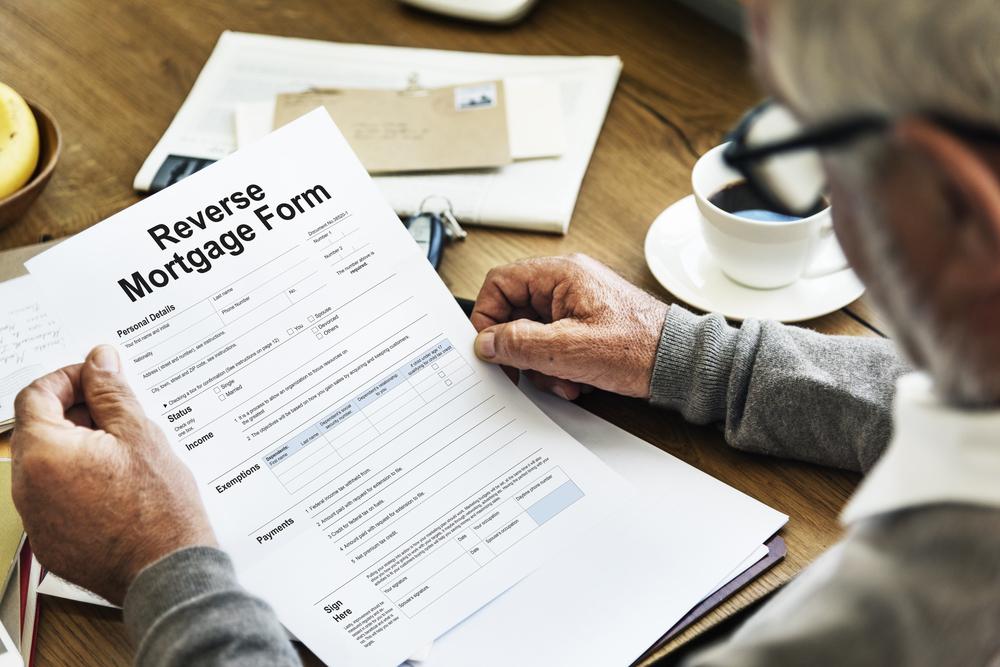Essential Insights on the AARP Reverse Mortgage Program
This guide offers vital information about the AARP reverse mortgage program, explaining eligibility, risks, and the importance of financial counseling. Ideal for seniors considering this option, it emphasizes caution and full understanding before proceeding. Learn how reverse mortgages work, their potential pitfalls, and why expert advice is crucial to make informed decisions about your retirement finances.

Essential Insights on the AARP Reverse Mortgage Program
Many seniors are now considering reverse mortgages at younger ages, but they often overlook the complexities involved. What appears to be a straightforward loan can actually lead to significant debt issues if not fully understood.
To better understand, let's explore how the AARP reverse mortgage works. This loan allows seniors to leverage their home equity as collateral, either to cover expenses or settle debts.
With an AARP reverse mortgage, owners won’t need to make monthly payments as long as they keep up with property taxes and homeowners insurance. However, approval is becoming tougher, especially for retirees with limited savings.
Owners must be prepared to pay ongoing bills; failure to do so may lead to losing the home. In such cases, the bank can sell the house to recover the owed amount. If the home sells for more than the debt, the remaining funds go to the owner or heirs.
It’s recommended that married couples both take the loan to ensure continued residence if one passes away. Prior to proceeding, seek mandatory financial counseling from the Department of Housing and Urban Development to fully understand the implications. Analyze your financial situation carefully before choosing a reverse mortgage, considering it as a last resort if necessary.
Reverse mortgage overview
Eligibility criteria and approval
Risks and benefits
Financial counseling requirement






